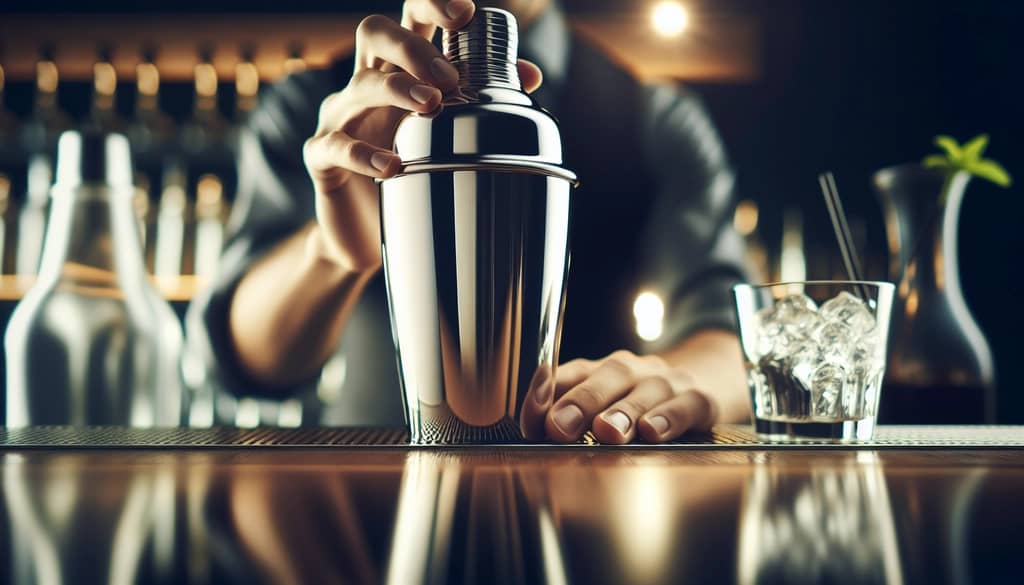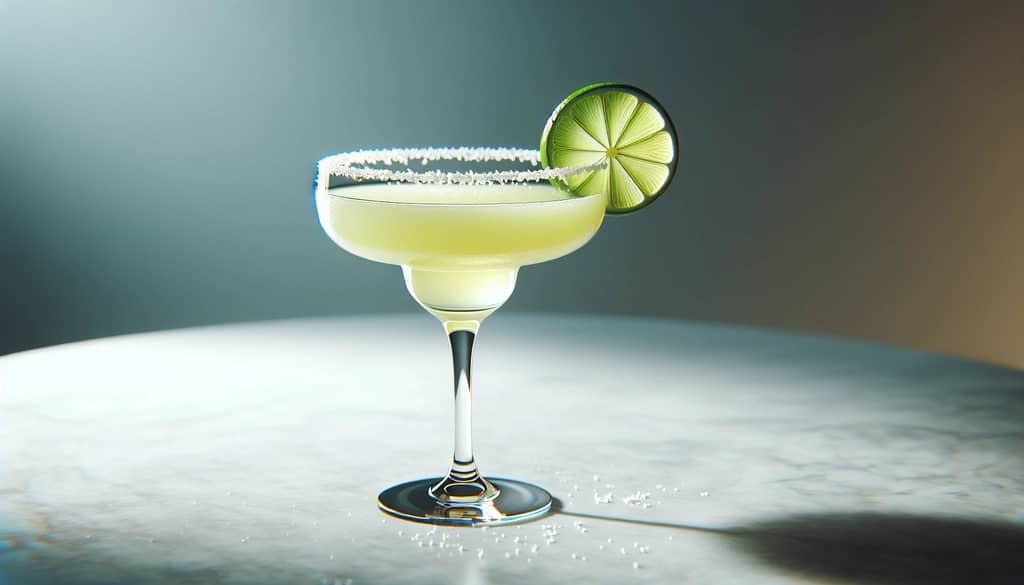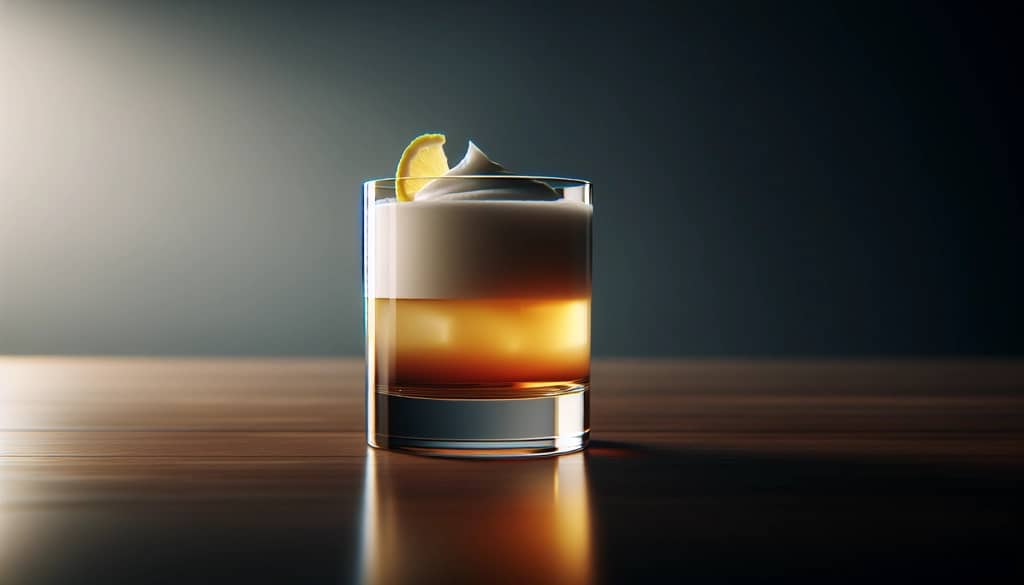Updated on: 6/8/2025
What Types of Cocktails Are Typically Shaken?

Shaking isn't just a flashy move behind the bar—it's a purposeful technique reserved for specific kinds of cocktails. The main reason to shake a drink is to combine ingredients that don’t naturally mix, chill the liquid rapidly, and incorporate air for a smooth, frothy texture when needed. Understanding which cocktails benefit from shaking will help you dial in better texture, flavor integration, and presentation for classic and modern recipes alike.
When to Shake: Ingredients That Need It
Cocktails are typically shaken when they're made with dense, non-alcoholic mixers that won't easily blend with spirits by stirring alone. Here are the most common triggers for shaking:
- Cocktails containing fruit juice—citrus (lemon, lime, orange), pineapple, cranberry, or other juices.
- Egg whites or aquafaba, which need agitation to emulsify and create a foamy head.
- Fresh cream, coconut cream, or dairy alternatives.
- Sugar syrups, honey, or liqueurs that are thicker and require forceful mixing.
- Any combination of these, especially when clarity isn't a goal and aeration improves the drink.
Classic Cocktails That Are Typically Shaken
- Margarita – 60 ml tequila, 22.5 ml lime juice, 15 ml orange liqueur, often a touch of simple syrup.
- Daiquiri – 60 ml white rum, 30 ml fresh lime juice, 15 ml simple syrup.
- Whiskey Sour – 60 ml whiskey, 22.5 ml lemon juice, 15 ml simple syrup, 15 ml egg white (optional).
- Cosmopolitan – 45 ml vodka, 15 ml orange liqueur, 15 ml lime juice, 30 ml cranberry juice.
- Pisco Sour – 60 ml pisco, 30 ml lime juice, 20 ml simple syrup, 15 ml egg white, few drops bitters.
- French 75 – 30 ml gin, 15 ml lemon juice, 15 ml simple syrup, topped with sparkling wine (shake base ingredients, then add wine).
- Clover Club – 45 ml gin, 15 ml lemon juice, 10 ml raspberry syrup, 15 ml egg white.
- Aviation – 45 ml gin, 15 ml maraschino liqueur, 15 ml lemon juice, 5 ml crème de violette.

Why Shaking Matters for These Cocktails
Shaking infuses three main qualities into cocktails that require it:
- Rapid chilling—shaking with ice drops the temperature quickly for a refreshing finish.
- Aeration and dilution—controlled melting of ice softens intensity and rounds out flavors.
- Homogenization of disparate textures—essential for combining citrus, spirits, and eggs or cream into a silky result.
A general rule: if there’s juice, cream, or anything cloudy in the mix, reach for a shaker. If the drink is built only from spirits, liqueurs, and fortified wines (such as a Martini, Manhattan, or Negroni), stirring is typically the go-to to preserve clarity and texture.

Expert Tips for Better Shaken Cocktails
- Use plenty of ice in the shaker for optimal chill and dilution.
- Shake vigorously for 10–12 seconds; longer if using egg white or cream to achieve a silky froth.
- If a recipe includes egg white, try a 'dry shake' (no ice, then ice) to maximize foam.
- Strain with a fine mesh for extra-smooth texture and to remove ice shards.